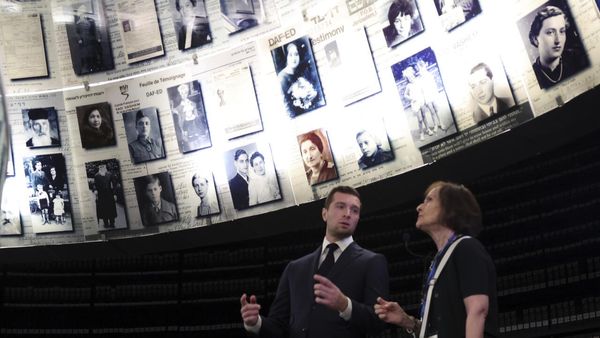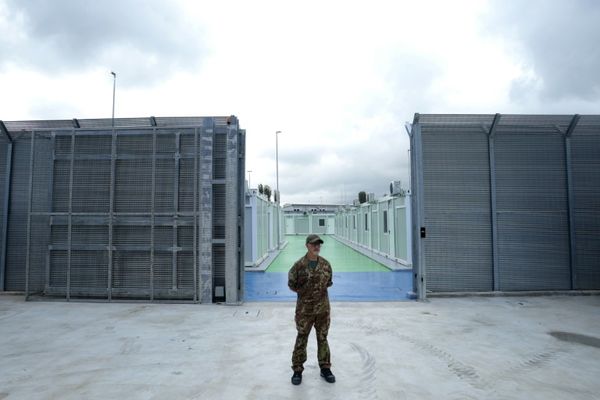
When cellist Sheku Kanneh-Mason played at Harry and Meghan’s wedding in 2018, he became a global celebrity in a way that classical musicians rarely achieve. He comes from a talented musical family: there were no fewer than seven Kanneh-Mason siblings on their recording of Saint-Saëns’ The Carnival of the Animals.
Sheku remains the most prominent family member, the brand leader if you like; he’s even become a model for designer Paul Smith’s menswear. Public profile helps, of course, but it’s his playing that brings in the audiences. He is the Philharmonia Orchestra’s artist-in-residence for the 2022/23 season, and this was the first of several performances they’re giving of Ernest Bloch’s Schelomo (the title is the Hebrew word for “Solomon”).
The cello’s natural temperament sits somewhere between rapture and melancholy, which seems to match Kanneh-Mason’s predisposition. No surprise, then, that he should add Bloch’s big-boned “Hebraic rhapsody” to his repertoire. His tone is naturally sweet but when Bloch’s long, singing lines demanded it, he wasn’t afraid to let his cello growl and moan, whether in ecstasy or agony.
There were moments when he seemed to want to lose himself in his instrument, others where he cocked his head to hear what the orchestra was saying. Finnish conductor Jukka-Pekka Saraste followed him every step of the way, reining in his players when necessary, giving them their due in the moments of ecstatic grandiloquence.
That balance between control and abandon suits Kanneh-Mason; at 23, he’s still a young musician, but this was a performance of calm maturity. It was greeted with a few seconds of absolute silence before the applause broke out, punctuated by whoops of enthusiasm that suggested a younger audience than a classical concert usually attracts.
Saraste brought the concert to an end with an authoritative account of Sibelius’s First Symphony. From the moment the clarinet laid out its opening solo over ominous timpani, this was a performance of dramatic confrontations. Small melodic seeds grew into powerful statements, momentum shifting from one section of the orchestra to another, without ever feeling disjointed or forced. The way Saraste managed the sudden ending, the music suddenly dwindling to nothing, was a bracing shock to the system. He’s a Sibelius interpreter of some pedigree.
The music didn’t stop there, though. Kanneh-Mason adjourned to the Festival Hall’s ballroom to join members of the Philharmonia’s cello section for the first of Villa-Lobos’s Bachianas Brasilieras, written for eight cellos. The ensemble caught its strong rhythmic profile, rendered almost minimalist by heavy amplification which also ironed out some of the players’ individuality and expressivity. Still, it was a generous bonus, noisily appreciated by the hundreds of people crammed into every nook and cranny around the performance space.







